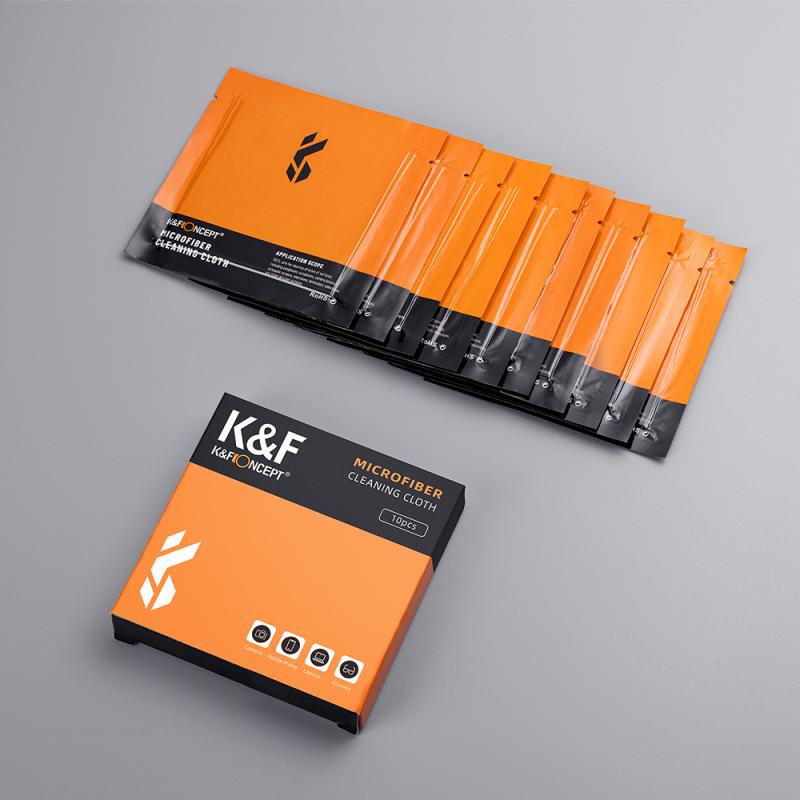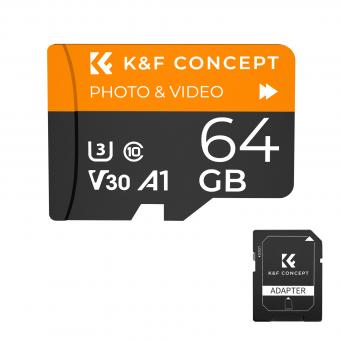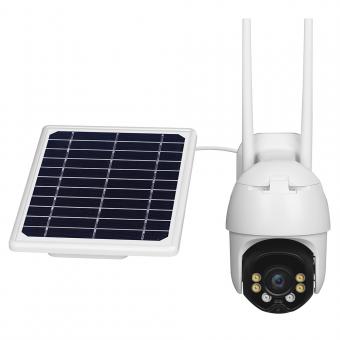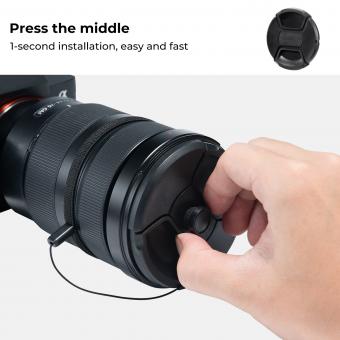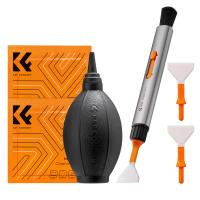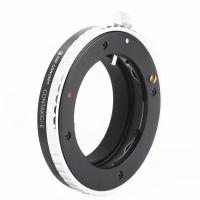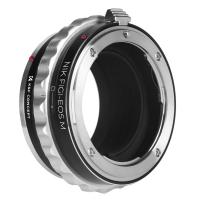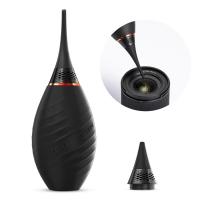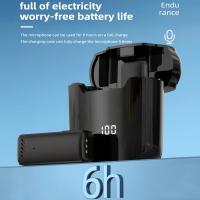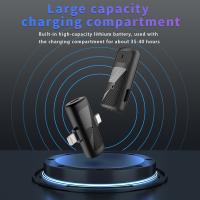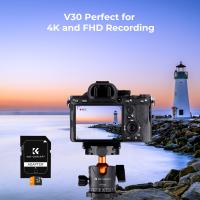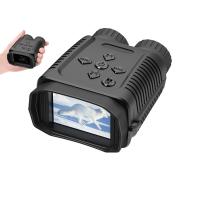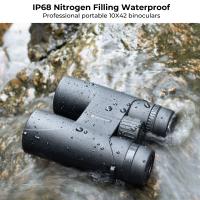How Do Wireless Cctv Cameras Get Power ?
Wireless CCTV cameras typically get power through either battery power or by being connected to a power source using a power adapter or cable. Some wireless cameras are designed with built-in rechargeable batteries, allowing them to operate without being connected to a power source for a certain period of time. These cameras can be charged using a power adapter or USB cable. On the other hand, some wireless cameras require a constant power supply and need to be connected to a power source using a power adapter or cable. This ensures uninterrupted power supply for continuous surveillance. Additionally, there are also solar-powered wireless CCTV cameras available that harness solar energy to power the cameras, making them more energy-efficient and environmentally friendly.
1、 Battery-powered wireless CCTV cameras
Battery-powered wireless CCTV cameras are a popular choice for surveillance systems due to their convenience and flexibility. These cameras are designed to operate without the need for a direct power source, making them easy to install and move around as needed.
The primary way that battery-powered wireless CCTV cameras get power is through built-in rechargeable batteries. These batteries are typically lithium-ion or lithium-polymer, which offer high energy density and long-lasting power. The cameras are equipped with a charging port or dock that allows the batteries to be recharged when they run low on power. Depending on the camera model and usage, the batteries can last anywhere from a few days to several months before needing to be recharged.
Advancements in battery technology have greatly improved the performance and lifespan of battery-powered wireless CCTV cameras. Manufacturers are constantly working on developing batteries with higher capacities and faster charging capabilities. Some cameras even come with solar panels or external battery packs that can extend the operating time without the need for manual recharging.
It is worth noting that the power consumption of battery-powered wireless CCTV cameras can vary depending on factors such as video resolution, frame rate, and the use of additional features like motion detection or night vision. To optimize battery life, many cameras offer customizable settings that allow users to adjust these parameters according to their specific needs.
Overall, battery-powered wireless CCTV cameras provide a convenient and reliable solution for surveillance needs, offering flexibility in terms of installation and power source. With ongoing advancements in battery technology, these cameras are becoming increasingly efficient and capable of providing extended periods of surveillance without the need for frequent recharging.

2、 Solar-powered wireless CCTV cameras
Solar-powered wireless CCTV cameras are a revolutionary advancement in the field of surveillance technology. These cameras utilize solar energy to power their operations, making them an eco-friendly and cost-effective solution for monitoring various locations.
The primary source of power for solar-powered wireless CCTV cameras is the sun. These cameras are equipped with solar panels that capture sunlight and convert it into electrical energy. The solar panels are typically mounted on top of the camera housing or in a separate panel that can be positioned to receive maximum sunlight exposure. The captured solar energy is then stored in rechargeable batteries, which power the camera's operations, including video recording, transmission, and other functionalities.
One of the key advantages of solar-powered wireless CCTV cameras is their ability to operate independently of the electrical grid. This makes them ideal for remote locations or areas where access to electricity is limited or unreliable. Additionally, solar-powered cameras eliminate the need for complex wiring and infrastructure, reducing installation costs and making them more flexible in terms of placement.
In recent years, advancements in solar panel technology have significantly improved the efficiency and reliability of solar-powered wireless CCTV cameras. High-efficiency solar panels can now generate more electricity from sunlight, even in low-light conditions. Moreover, the integration of energy storage systems, such as lithium-ion batteries, ensures a continuous power supply, even during periods of low sunlight or at night.
Solar-powered wireless CCTV cameras are also equipped with intelligent power management systems. These systems optimize power usage by adjusting camera settings, such as frame rate and resolution, based on the available solar energy. This ensures that the camera operates efficiently while maximizing battery life.
Overall, solar-powered wireless CCTV cameras offer a sustainable and efficient solution for surveillance needs. With ongoing advancements in solar technology, these cameras are becoming increasingly reliable, cost-effective, and environmentally friendly.
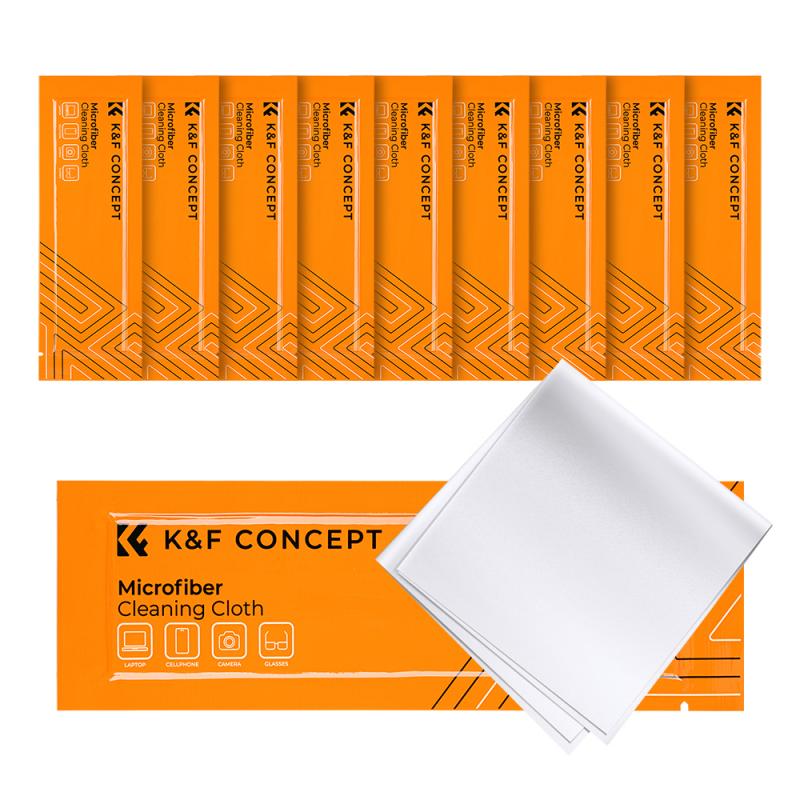
3、 PoE (Power over Ethernet) wireless CCTV cameras
PoE (Power over Ethernet) wireless CCTV cameras are a popular choice for surveillance systems due to their convenience and ease of installation. These cameras receive both data and power through a single Ethernet cable, eliminating the need for separate power cables and outlets.
The way PoE wireless CCTV cameras get power is by utilizing the Ethernet cable to draw power from a PoE switch or injector. The PoE switch or injector is connected to a power source, such as a power outlet, and it delivers power to the camera through the Ethernet cable. This allows the camera to operate without the need for a nearby power outlet, providing flexibility in camera placement.
The latest point of view on PoE wireless CCTV cameras is that they offer several advantages over traditional wired cameras. Firstly, they simplify the installation process by reducing the number of cables required. This not only saves time but also reduces the risk of cable clutter and potential tripping hazards.
Additionally, PoE wireless CCTV cameras are more flexible in terms of camera placement. Since they do not rely on a nearby power outlet, they can be installed in areas where power access is limited or non-existent. This makes them ideal for outdoor surveillance or locations where running power cables is impractical.
Furthermore, PoE wireless CCTV cameras are also more reliable as they are not susceptible to power outages or electrical interference. They can continue to operate even during power disruptions, ensuring continuous surveillance.
In conclusion, PoE wireless CCTV cameras get power through the Ethernet cable, which is connected to a PoE switch or injector. This technology offers convenience, flexibility, and reliability, making it a popular choice for modern surveillance systems.
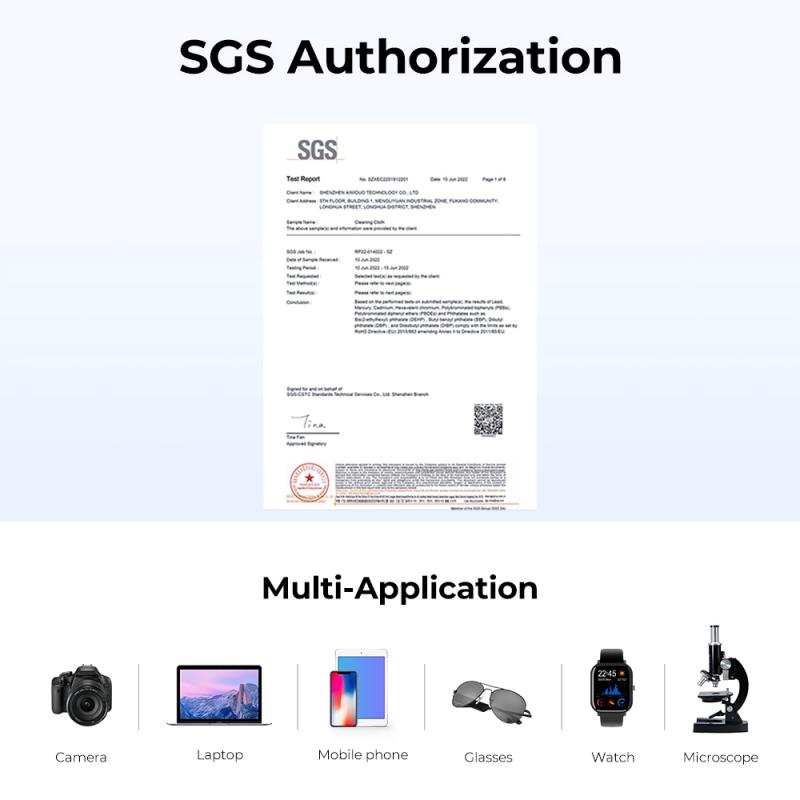
4、 Plug-in power adapters for wireless CCTV cameras
Wireless CCTV cameras are a popular choice for surveillance systems due to their convenience and flexibility. One common question that arises is how these cameras get their power without being physically connected to an electrical outlet. The answer lies in plug-in power adapters specifically designed for wireless CCTV cameras.
These power adapters are typically included with the camera kit and serve as the primary source of power. They are connected to a power outlet and provide a constant supply of electricity to the camera. The adapter is connected to the camera through a cable, which transmits the power from the adapter to the camera.
The latest point of view on this topic is the increasing use of Power over Ethernet (PoE) technology for wireless CCTV cameras. PoE allows both power and data to be transmitted over a single Ethernet cable, eliminating the need for a separate power adapter. This technology simplifies the installation process and reduces the number of cables required.
In a PoE setup, a PoE switch or injector is used to provide power to the camera through the Ethernet cable. The camera is then connected to the switch or injector, which supplies the necessary power. This method is particularly useful for outdoor installations or locations where power outlets are not easily accessible.
Overall, wireless CCTV cameras get their power through plug-in power adapters or PoE technology. The choice between these methods depends on the specific requirements of the installation and the available infrastructure.
